
The new Musée Rodin is all about light, as here in one of the corner oval rooms, “l’Age d’airain” is lit through two windows. Photo Jérôme Manoukian
It would be easy to say that after a 16 €million renovation, Musée Rodin does not look any different than before the three year restoration. And in a way this is a blessing. But the changes are subtle and refined and rely mostly on a brilliantly computerized lighting system and on a new circulation of the public around the two floors, all offices having been suppressed. The walls that are not lined by oak panelings, are painted in « slipper satin », « Mouse’s back », « Skylight », « Blue Gray » and « Biron Gray » a color created especially by Farrow & Ball for Hotel de Biron. The place had been discovered by Rilke, Rodin’s secretary, in 1908 and turned into Musée Rodin in 1919.
Walking through the main gate on rue de Varenne and through the rose garden (still in bloom in early November) is always an enchantment. Now, entering the Hall Cantor, named after Bernard and Iris Cantor, the main benefactors and great Rodin lovers, one immediately hits the bronze « Pierre de Wissant sans tête ni main » which unhappily blocks the perspective through the salons and into the gardens.
But if you turn immediately to your left, you encounter the charming early work of « Jeune femme au chapeau fleuri » cast in 1870. Then intimate rooms with a plaster of scientist Jean Baptiste d’Alembert and Rodin’s early paintings, and further a clever mix of plaster and bronze sculptures. It is interesting to know that each bronze can be legally cast twelve times and Musée Rodin survives well thanks to the sales of its most famous statues.
One of my favorite spaces is on the second floor, a room with three Van Goghs given by the artist, hung with a beautiful Monet. Large living rooms follow small oval corner rooms filled with eastern and southern light. There is a huge variety of works but the color scheme on the walls soothes the transitions.
It is not easy to exhibit sculptures for they are mostly vertical and any room could easily look like a storage place. Oak platforms were made to match the 18 th century floors and wood panneling but they are a little heavy and not modern enough for my taste. Yet, one can only admire, this « forest » of clay, bronze and plaster sculptures.
What is important is the beauty of the space, its very special light which attracted Rodin in the first place, and the rediscovery of many chefs-d’œuvre which were cleaned and restored or had been kept in Meudon, the « other » Musée Rodin, a half hour west of Paris, where a Doisneau exhibiton of photographs is shown until Nov. 29 th. Traditionally all preparatory plasterworks were kept there.
With its yearly 700 000 visitors, of which 80 % are foreigners, the museum had to restore its lifts, wooden floors, windows and doors.
Two new spaces were created. The print room (arts graphiques) in a corridor on the second floor shows photographs and a period room « Rodin à l’hôtel Biron » tries to recreate the nostalgy of 1909. 124 antiques from Rodin’s collection are shown in room 17. Camille Claudel, Rodin’s lover and a great sculptor in her own way, also has her own room.
The garden has kept its wonderful bronzes and is well worth a short stroll. This place will always remain one of the most romantic museums in Paris and now, it is brand new. (Closed Mondays and open late on Wednesdays)
Share this Post
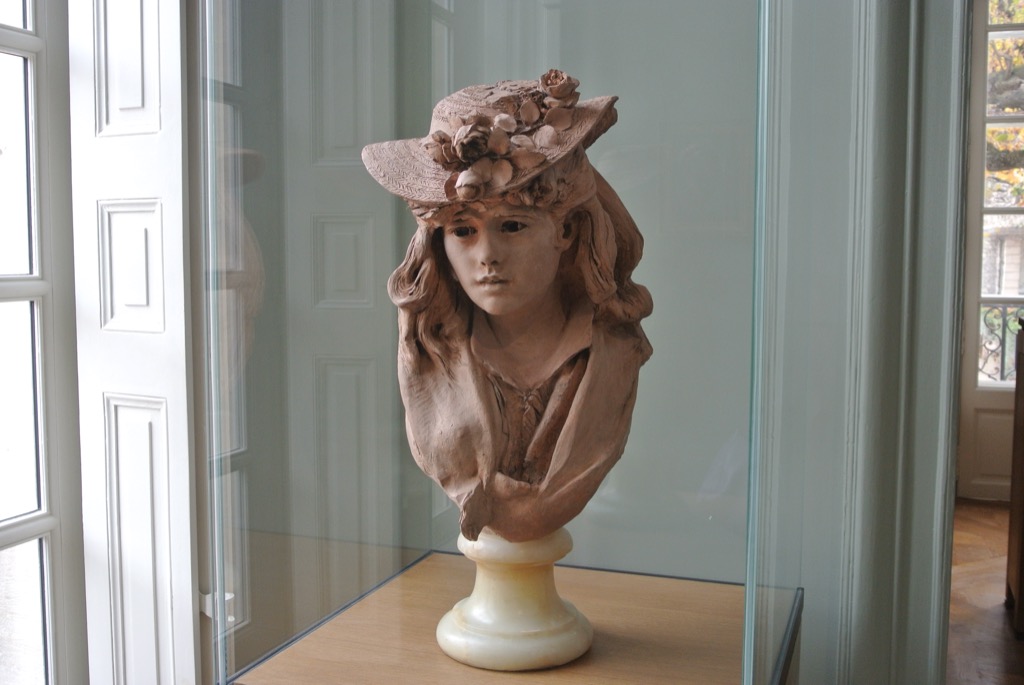
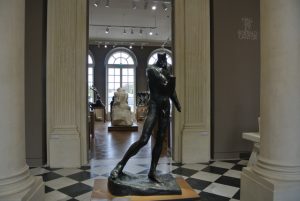
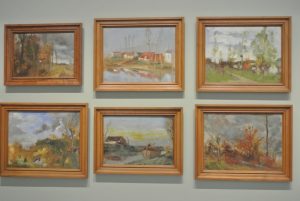
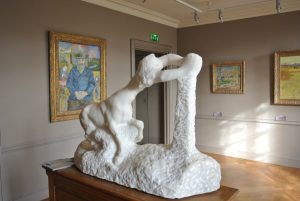
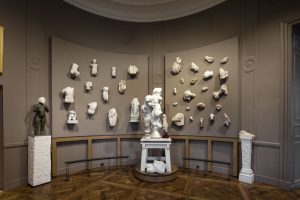

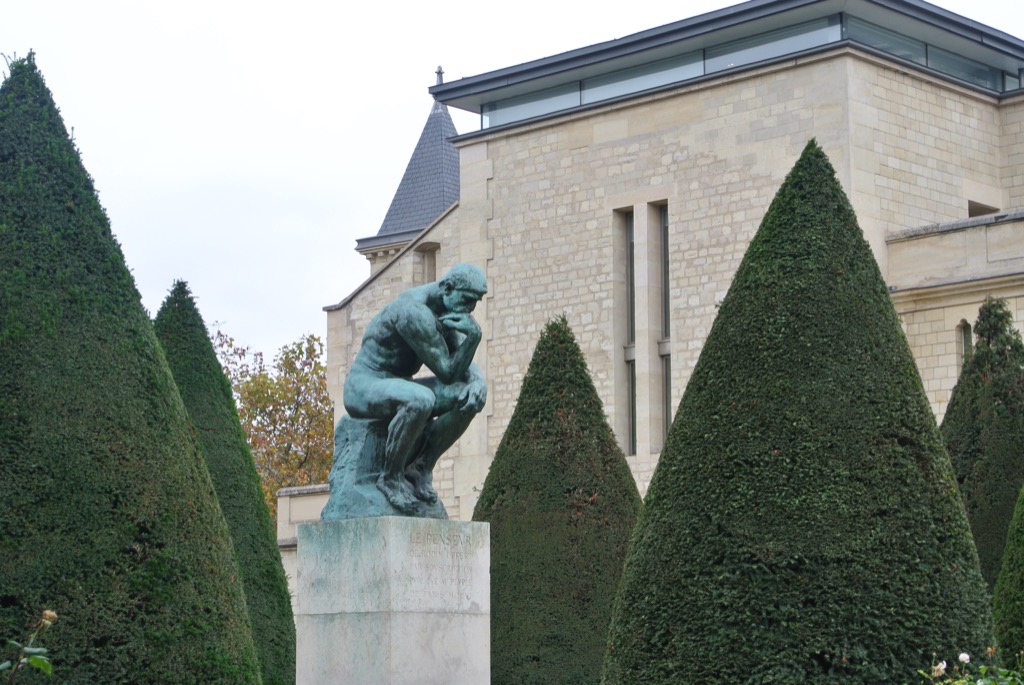
2 Comments on “Rodin, revisited in style”
Yet again another wonderful wake up call France!
Thank you for noting the Camille Claudel room.
Very nice!!!!!